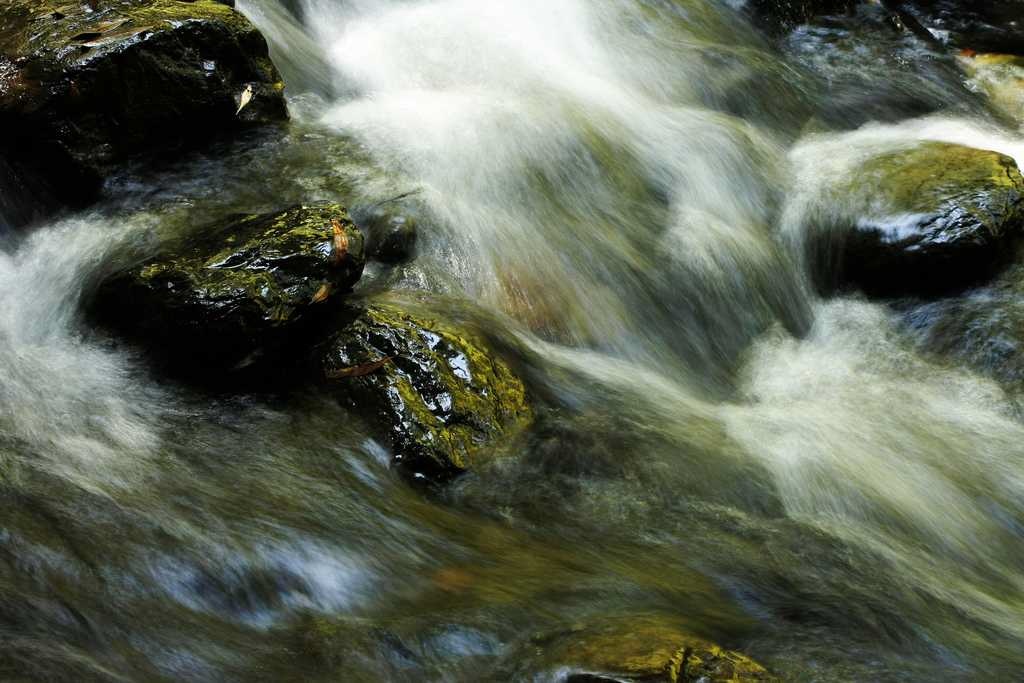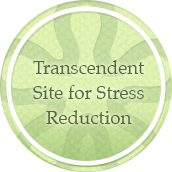On the face of it, this is a dumb question.
Flow yoga, as generally defined, covers a wide range of forms all of which link poses in close to continuous movement.
Some, like Ashtanga, follow a set sequence of poses, with a sun salutation between each pose. Others have no set sequence, and may or may not include sun salutations, but all of them emphasize moving with the breath from pose to pose.
If you look at the self-described “overly brief and incomplete history of yoga” flow chart by Alison Hinks, you’ll see a bifurcation on the right-hand side of the page: two great yoga branches, both coming from the legendary guru T. Krishnamacharya.
The one that flows from Pattabhi Jois includes most of the forms we would call flow yoga.
The other branch comes from B.K.S. Iyengar.
Iyengar work does include “mobility,” a practice of moving quickly from pose to pose – say five times quickly into half-moon pose on one side, then on the sixth time, holding the pose.
But in most Iyengar work, we take one pose at a time and hold it before coming back to neutral and then moving on to another pose.
That couldn’t possibly be flow yoga, could it?
One book from my summer reading makes me think otherwise.
Flow: The Psychology of Optimal Experience, by Mihaly Csikzentmihalyi (pronounced Cheek-sent-me-high-ee) was a 1990 best seller which popularized the idea of a special state called flow, where, he believes, the best chance for human happiness resides.
In his chapter on accessing flow through the body, Csikzentmihalyi devotes four pages to yoga. He’s clearly not thinking of “flow yoga” when he describes asana as: “. . . the stage of Yoga that we all know in the West, exemplified by a fellow in what looks like diapers, standing on his head with his shanks behind his neck.”
So why does he call yoga “one of the oldest and most systematic methods of producing the flow experience”?
Here are Csikzentmihalyi’s criteria for achieving flow in any activity:
• A sense that one’s skills are adequate to cope with the challenges at hand, in a goal-directed, rule-bound action system that provides clear clues as to how well one is performing.
• Concentration is so intense that there is no attention left over to think about anything irrelevant, or to worry about problems.
• Self-consciousness disappears and the sense of time becomes distorted.
• An activity that produces such experiences is so gratifying that people are willing to do it for its own sake, with little concern for what they will get out of it, even when it is difficult, or dangerous.
Aside from the part about danger, that sounds a lot like Iyengar yoga to me.
Let’s see: a graduated system that provides challenges when you’re ready for them? Check.
A goal directed, rule-bound system? Double check.
Intense concentration? Yes.
Loss of self-consciousness and a sense of time distortion? Absolutely.
And an activity so engaging we just want to do and refine the poses, long after we’ve forgotten the sore back or cranky shoulder that might have brought us to yoga in the first place? Yes.
Perhaps the reason we don’t associate Iyengar yoga with flow is a confusion of flowing water and flowing movement with the other sense of flow: either the great flow of “going with the flow,” or the state of flow.
Whether or not flow yoga connects us to the state of flow depends, I suspect, on the practitioner. It might, or it might not.
But there’s no doubt in my mind that – again, depending on the practitioner – we can achieve flow in yoga while sitting absolutely still.
Photo courtesy of Frumbert, via Flickr Creative Commons.
If this was your kind of post, you might also like:
When it comes to yoga practice, how much is enough?
A meditation on the use of “down” in yoga, plus press your outer feet down to lift your inner ankles
Why yoga builds your inner strength
• • • •
At the right side of this page, up near the top, you’ll find something new: a Facebook scroll with a Like button that will connect you to the Five-Minute Yoga Facebook page.
I’m delighted to have it up and running, and welcome your comments and suggestions.
For me, the best part of it is having a place to put all of the fascinating yoga oddities that I run across that aren’t going to be blog posts, but need to be passed on.
Did you know, for example, that all zombies really need is a good yoga class? Or that practicing headstand position, even if you don’t take your feet off the floor, may relieve the symptoms of rotator cuff injuries?
Please Like the page, and check it out.


Comments on this entry are closed.
Absolutely agree with you… I’ve been teaching Hatha for years and always felt that the poses are like endless expressions of my inner state… changing with every moment, expanding and shrinking with my breath, releasing a tight body part here and there, bringing my awareness out of my mind and into my body and senses… Flow Yoga as it is taught just doesn’t do that for me - I’m too busy concentrating on the performance of it all… maybe I’m just not ‘fast’ enough :)
Hi Helene,
How nice to hear from you! Yes, for me too the real problem with Flow Yoga as it is taught has to do with speed. For those of us who respond to longer, slower waves, going into a true flow state just isn’t possible, at least until it’s time for Savasana.